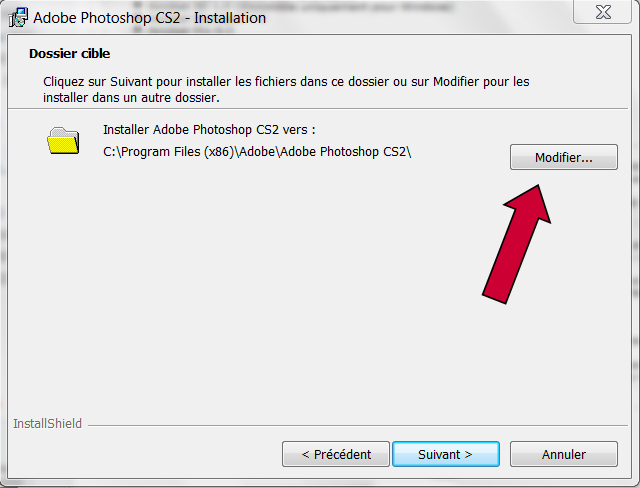
General Discussion Discussions on AppleInsider Forums. With your Apple Pencil on the iPad Pro -- and when not to. A March 25 Apple News and streaming video. 'In this episode of Adobe Creative Cloud TV, Terry White shows you how to get started with Adobe Premiere Pro CC and editing video.' 'Adobe Premiere pro Cc 2015 Crack Serial Number is here!' 'Need excellent tips and hints regarding photography?' 'How To Get Started with Adobe Premiere Pro CC - 10 Things Beginners Want to Know How To Do - YouTube'.
If you're a pro video editor, chances are good that you use Adobe Premiere Pro or Apple Final Cut Pro. Those aren't the only options—there's still some competition from the likes of Avid, Cyberlink, and Magix—but most of the editing world falls into the Apple and Adobe camps. Both are remarkable pieces of, but there are important differences. In this article, we consider the many aspects of choosing high-end video editing software. Note that throughout this piece, we first summarize how fares and then discuss Apple Final Cut Pro X. The order is solely based on alphabetization of the product names.
Though the initial release of in 2011 lacked some tools that pros needed, prompting a market share shift towards Premiere, all of the missing pro tools have long since reappeared in later Final Cut releases—often in ways that improved on the standard tools. Both applications are eminently suited to the highest level of movie and TV production, each with extensive plug-in and hardware support ecosystems.
The intention of this comparison is not so much to declare a winner, as to point out the differences and the strengths and weaknesses of each. The end goal is to help you make a decision based on what's important in your professional or hobbyist video editing projects.
If you beg to differ or strongly agree with the points made along the way, feel free to chime in via the comments section at the bottom of the article. Adobe Premiere Pro CC: Adobe's pro-level video editor requires an ongoing Creative Cloud subscription of $19.99 per month with an annual plan, or $29.99 per month on a month-by-month basis. If you want the entire Creative Cloud suite, which includes Photoshop,, Audition, and a raft of other Adobe creative software, you need to pay $49.99 per month. The subscription not only gets you program updates, which Adobe delivers semiannually, but also 100GB of cloud storage for syncing media. Apple Final Cut Pro X: Apple's pro video editor costs a flat, one-time price of $299.99. That's a massive cut from the price of its predecessor, Final Cut Pro 7, which took a thousand-dollar toll on users. It's also a much better deal than Premiere Pro, since in less than a year and a half, you'd spend as much on Adobe's product and still have to keep paying.

Furthermore, that $299.99 includes major updates, such as the recent 10.4 version. Note that Final Cut Pro X (often referred to by the acronym FCPX) is only available from the Mac App Store, which is good because that handles updates and lets you install the program on multiple computers when you're signed into the same store account. Gomoku terminator 122. Winner: Apple Final Cut Pro X •. Adobe Premiere Pro CC: Premiere Pro CC runs on both Windows and macOS. Requirements are as follows: Windows 7 with Service Pack 1 (64 bit) or Windows 8.1 (64 bit), or Windows 10 (64 bit); a multicore processor with 64-bit support; 8GB of RAM (16GB or more is recommended); 8GB of hard-disk space; a 1,280 by 800 display (1,920 by 1,080 pixels or larger recommended); a sound card compatible with ASIO protocol or Microsoft Windows Driver Model. On macOS, you need version 10.11, 10.12, or 10.13; a multicore Intel processor with 64-bit support, 8GB of RAM (16GB or is more recommended); 8GB of hard-disk space; a 1,280 by 800 display (1,920 by 1,080 or larger recommended); a sound card compatible with Apple Core Audio. Apple Final Cut Pro X: As you might expect, Apple's software only runs on Macintosh computers.
It requires macOS 10.12.4 or later, 4GB of RAM (8GB is recommended for 4K editing, 3D titles, and 360-degree video editing), OpenCL-capable graphics card or Intel HD Graphics 3000 or later, 256MB of VRAM (1GB recommended for 4K editing, 3D titles, and 360-degree video editing), 4GB RAM, and a discrete graphics card. For VR headset support, you need macOS High Sierra, and SteamVR. Winner: Adobe Premiere Pro CC •. Adobe Premiere Pro CC: Premiere Pro uses a traditional NLE (nonlinear editor) timeline, with tracks and track heads. Your timeline content is called a Sequence, and you can have Nested Sequences, Subsequences, and Subclips for organizational help. The timeline also has tabs for different sequences, which can be helpful if you're working with nested sequences. Longtime video editors are likely more comfortable with this than with Apple's more inventive trackless Magnetic Timeline.